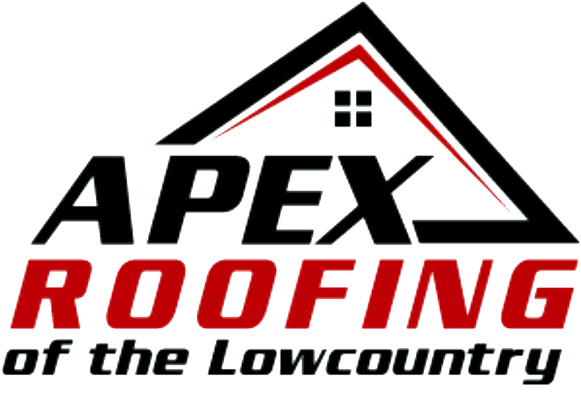Why Ventilation Matters: How Your Roof Can Reduce Summer Cooling Costs
You know that reducing summer cooling costs is a priority for many homeowners, and understanding the role of roof ventilation can be essential. By facilitating effective airflow, your roof can help maintain more stable indoor temperatures, thereby enhancing your home’s energy efficiency. When hot air is allowed to escape, and cooler air is drawn in, it greatly reduces the strain on your cooling systems. See how various roof ventilation systems can contribute to a more economically efficient household.
The Science of Proper Ventilation
Proper ventilation is a fundamental aspect of building science that greatly impacts both energy efficiency and indoor air quality. You need to understand how airflow dynamics work to enhance your home’s ventilation system. By managing thermal exchange, you can guarantee that heat moves efficiently, reducing energy consumption. Effective roof design plays a critical role in directing air movement, aiding in humidity control by allowing moisture-laden air to escape, thereby preventing mold growth and structural damage.
Energy conservation is a byproduct of proper ventilation, as it minimizes reliance on artificial cooling and heating systems. By designing a roof that encourages natural airflow, you promote a balance between indoor and outdoor conditions, facilitating a stable environment. The strategic placement of vents can further improve this process, allowing for efficient removal of excess heat and moisture. Ultimately, a well-ventilated space not only conserves energy but also enhances the overall comfort and health of your home.
Roof Ventilation and Temperature Regulation
Efficient roof ventilation plays an essential role in temperature regulation within a building, and understanding its mechanics can lead to significant energy savings. By facilitating attic airflow, you allow warm air to escape and cooler air to enter, preventing excessive heat buildup. This process not only enhances air circulation but also maintains ideal humidity control, reducing the risk of moisture-related issues that can compromise structural integrity.
When your attic remains cooler, the effectiveness of your insulation improves, as it’s not overburdened by excess heat. This means your home retains its interior temperature more effectively, putting less strain on your cooling systems and lowering your energy costs. Proper roof ventilation acts as a natural moderator, smoothing out extreme temperature fluctuations and contributing to a more stable indoor environment. It’s a practical approach to managing temperature and humidity, ensuring your home stays comfortable and energy-efficient throughout the summer.
Types of Roof Ventilation Systems
There are several types of roof ventilation systems available, each with its own advantages and specific applications, allowing you to choose the most suitable option based on your building’s needs and climate considerations. Ridge vents, typically installed at the peak of your roof, provide a continuous, unobtrusive means of allowing hot air to escape, working effectively when paired with soffit vents that draw in cooler air from the outside.
Ventilators, often called whirlybirds, harness wind power to spin and expel warm air, making them an energy-efficient choice for areas with consistent breezes. Powered ventilators, on the other hand, use electric fans to actively remove hot air, providing a reliable option regardless of wind conditions. Finally, gable vents are installed on the exterior walls of gable roofs, facilitating cross-ventilation by allowing air to flow through the attic space. Understanding these options helps you maintain ideal roof ventilation.

How Roof Ventilation Impacts Energy Efficiency
When evaluating energy efficiency in buildings, roof ventilation plays an essential role by regulating indoor temperatures and reducing the reliance on artificial cooling systems, which can lead to significant energy savings. Proper ventilation minimizes energy loss by enhancing airflow dynamics, allowing hot air to escape while drawing in cooler air, thereby maintaining a more consistent temperature within your home. This process not only improves the effectiveness of insulation by preventing heat buildup that can compromise its performance, but it also aids in moisture control, reducing the risk of mold and damage that can further degrade energy efficiency. By optimizing these factors, you can achieve substantial cost savings on your energy bills. Effective roof ventilation guarantees that your cooling systems don’t have to work as hard, leading to reduced energy consumption and a lower carbon footprint, ultimately contributing to a more sustainable living environment.
Benefits of Proper Roof Ventilation Beyond Cooling
While enhancing energy efficiency is an essential aspect of roof ventilation, its advantages extend beyond merely cooling your living space. Proper roof ventilation plays a significant role in mold prevention, as it aids moisture control by allowing humid air to escape, thereby reducing the risk of mold growth. This, in turn, improves indoor air quality, ensuring a healthier environment for you and your family. Furthermore, effective ventilation supports attic insulation by preventing moisture buildup, which can compromise insulation materials and reduce their effectiveness.
By managing moisture levels, you help maintain the structural integrity of your roof, contributing to a lifespan extension of the roofing materials. In addition, well-ventilated roofs can protect against the harmful effects of heat accumulation, which can cause shingles to deteriorate prematurely. As a result, investing in proper roof ventilation not only enhances comfort but also safeguards your home’s overall structural health and longevity.
By understanding the science behind proper roof ventilation, you can reduce your summer cooling costs.
Effective ventilation systems, such as ridge vents and soffit vents, aid in the escape of hot air and the influx of cooler air, minimizing attic heat buildup. This process not only improves insulation performance but also lessens the burden on cooling systems, thereby lowering energy bills and contributing to a comfortable living environment while maintaining your home’s structural integrity.

